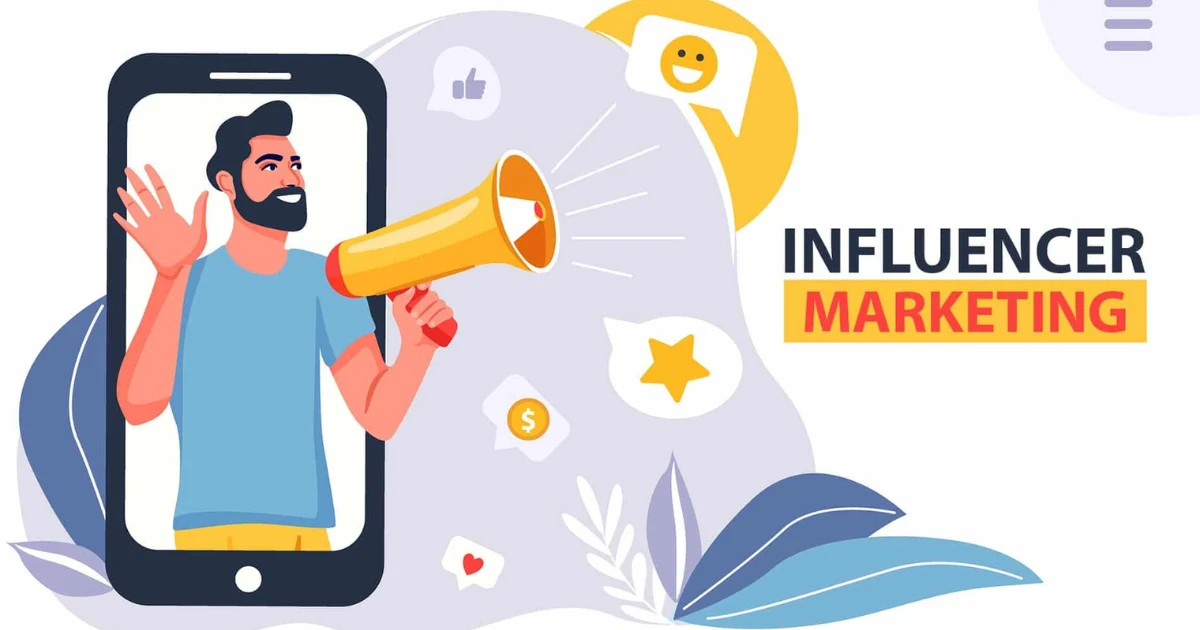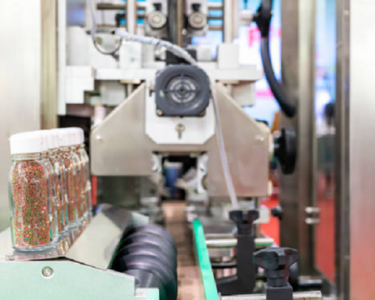The world of influencer marketing is both exciting and precarious. With the potential to create deep engagement and skyrocket brand visibility, influencers have become an essential part of most marketing strategies. However, the rise of cautionary tales like “influencersgonewild” serves as an important reminder that not all influencer campaigns end in triumph. When influencer actions go astray, the consequences can ripple far and wide, impacting brand credibility, trust, and long-term success.
This article will explore how influencer marketing can sometimes backfire, discuss the ethical and strategic considerations that brands must adopt, and provide actionable steps to ensure your campaigns build sustainable success.
The Allure of Virality
Going viral is the ultimate goal for many brands and influencers. It promises rapid exposure, immediate engagement, and a shot of adrenaline for marketing campaigns. Platforms like TikTok, Instagram, and YouTube make virality almost intoxicatingly achievable. Headlines are made in minutes, and audiences gather by the thousands (or millions) to watch sensational content unfold.
This appeal of virality often drives marketers to take risks, including aligning themselves with influencers who may generate controversy or draw attention in unconventional ways. From the outside, this strategy might seem clever—but viral fame is a double-edged sword. When it cuts the wrong way, a brand can find itself tied to public backlash, scrutiny, and even cancel culture.
Case Studies from the “InfluencersGoneWild” Files
When Actions Backfire
The “influencersgonewild” phenomenon has shown us just how unpredictable influencer marketing can be. Consider prominent examples where poor behavior sparked backlash and led to brand crises.
- The Fyre Festival Fiasco
Promoted by huge influencers like Kendall Jenner, Bella Hadid, and others, Fyre Festival is perhaps one of the most well-known influencer marketing disasters. The influencers hyped a luxurious music festival in the Bahamas, but the actual event failed spectacularly, leaving attendees stranded with poor accommodations and lackluster food. The influencers themselves faced backlash for promoting something they hadn’t properly researched, and the brands behind the fiasco suffered irreparable reputational damage.
- Logan Paul’s Controversy
YouTuber Logan Paul faced widespread backlash after filming and uploading a video from Japan’s Aokigahara Forest, a location associated with tragic events. Despite millions of followers and partnerships with large brands, his actions led to significant fallout. Brands pulled sponsorships, YouTube suspended ads on his channel, and his public image suffered a major blow, creating a chain reaction for companies associated with him.
Successful Navigation of Crises
On the brighter side, some brands have successfully handled similar influencer-related crises by taking quick and transparent actions.
- Nike Cutting Ties with Problematic Influencers
Nike has repeatedly demonstrated the importance of maintaining brand values by quickly distancing itself from influencers or athletes whose misconduct didn’t align with the brand’s ethos. These decisions, while difficult, signaled to their audience that the brand prioritizes integrity over fleeting associations.
- The #AerieREAL Campaign
American Eagle’s Aerie brand took a different approach. By championing body positivity and working with influencers who embodied authenticity and inclusivity, Aerie fostered a loyal community. Even when minor setbacks arose, the brand’s consistent commitment to its values protected it from lasting damage.
Ethical Considerations in the Influencer Selection Process
The Importance of Due Diligence
One significant takeaway from these examples is the critical role of due diligence. Brands must carefully evaluate potential influencers to ensure their values, behavior, and audience align with company goals. Thorough analysis of past content, public perception, and engagement history is key to mitigating risk.
Clear Guidelines and Contracts
Beyond initial vetting, brands must create airtight contracts and clear guidelines for influencer behavior. Setting explicit boundaries around acceptable content, language, and values creates alignment and ensures influencers understand their role in preserving the brand’s reputation.
Examples of clauses to include in contracts:
- Prohibiting the promotion of controversial opinions or products.
- Requiring pre-approval of content related to the campaign.
- Outlining consequences for any behavior that could damage the brand.
Long-Term Consequences of Risky Partnerships
While short-term attention from a viral campaign might seem appealing, the consequences of misaligned influencer partnerships can have ripple effects that last for years.
Damage to Brand Image
Platforms like “influencersgonewild” gain traction because people love drama. However, scandals linked to influencers often overshadow any positive messaging the brand wants to push. Once trust is eroded, rebuilding it is both time-consuming and costly.
The Value of Authenticity
Today’s consumers are drawn to brands that feel real and relatable. Research shows that 63% of consumers trust influencers more if they provide honest, authentic content. Partnerships with authentic influencers generate deeper engagement and foster long-term loyalty compared to sensational, short-lived viral content.
Building a Sustainable Influencer Marketing Strategy
To avoid falling into the “influencersgonewild” trap, brands should focus on creating campaigns built for lasting success. Here’s how to get started:
Focus on Values and Alignment
When scouting influencers, prioritize those whose personal image and ethics reflect your brand’s core values. An influencer who genuinely believes in your product or service will produce authentic content that resonates with their audience.
Foster Genuine Relationships
View influencers as collaborators rather than megaphones. Invest time in building strong relationships by engaging with their content, collaborating on ideas, and fostering trust. Influencers who feel valued are more likely to advocate for your brand with sincerity.
Monitor Activity Proactively
Stay actively involved throughout the campaign. Monitor influencer content, engagement, and feedback to detect any signs of potential issues early. Create an open line of communication to address concerns before they escalate.
Have a Crisis Management Plan
Even with preventive measures, things can go wrong. Develop a robust crisis management plan that outlines immediate steps to address controversies, including issuing statements, aligning with legal teams, and publicly reaffirming your brand’s values.
Responsible Influencer Marketing Is the Future
Influencer marketing remains one of the most powerful tools in a brand’s playbook, but as the “influencersgonewild” stories show, it’s also one of the riskiest. The lure of virality should never outweigh the value of authenticity, trust, and ethical alignment.
By conducting due diligence, fostering genuine relationships, and maintaining transparency, brands can create campaigns that resonate deeply and endure the test of time. Remember, responsible influencer marketing isn’t just about avoiding pitfalls; it’s about building a brand story that people want to believe in and support.



